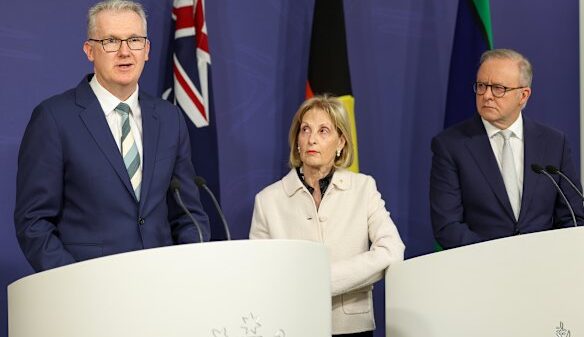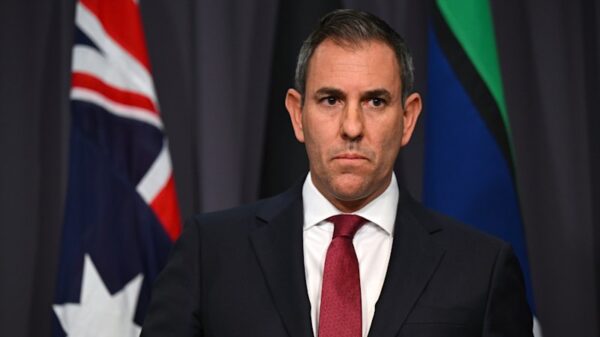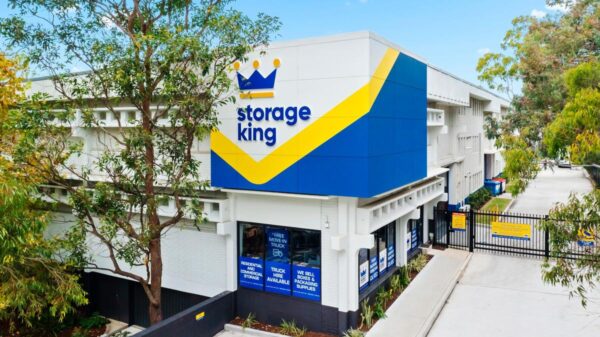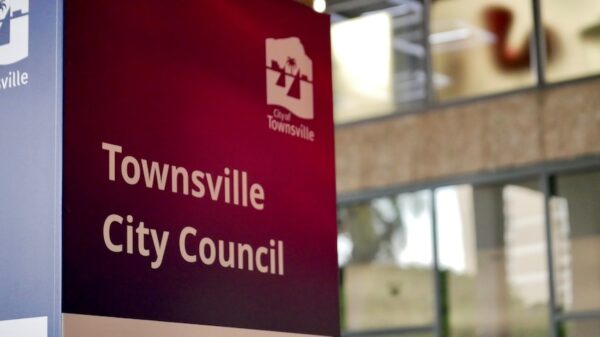Australia’s medicinal cannabis framework is undergoing scrutiny as the system struggles to meet the needs of patients and practitioners alike. In 2024, the Therapeutic Goods Administration (TGA) approved at least 979,000 applications for medicinal cannabis prescriptions through its specialized access pathways. Initially designed for occasional, case-by-case use, these mechanisms have shifted to become a primary mode of treatment for a growing number of patients. This change has led to a landscape that many argue is confusing for doctors, inequitable for patients, and difficult to regulate.
Understanding Medicinal Cannabis in Australia
Legalized in 2016, medicinal cannabis products encompass a variety of forms, including oils, capsules, and dried flowers. Key active ingredients are THC (tetrahydrocannabinol) and CBD (cannabidiol), with THC being the psychoactive compound responsible for the “high” sensation. Initially, medicinal cannabis was intended for patients with severe, treatment-resistant conditions, such as those undergoing palliative care or suffering from intractable epilepsy and chronic pain. The TGA emphasized that it should not be a first-line treatment and advocated for a cautious approach to dosing.
Despite these guidelines, the prescribing practices have expanded to include more common conditions like chronic pain, anxiety, and sleep disorders. This shift raises questions about the evidence supporting such applications.
The Evidence and Its Implications
The evidence regarding the efficacy of medicinal cannabis remains inconsistent. Chronic pain, which accounts for a majority of prescriptions, illustrates this challenge. A recent review by the TGA indicates that some randomized trials suggest medicinal cannabis may offer moderate relief for a subset of patients. Yet, many studies are small and do not adequately address long-term effects. Both THC and CBD carry risks, with THC associated with side effects such as sedation and cognitive impairment.
Currently, the majority of medicinal cannabis products lack the rigorous clinical testing required for formal registration with the TGA. While the TGA oversees access pathways, it does not have the resources or mandate to provide the necessary clinical support for prescribers. As a result, many doctors find themselves “flying blind,” prescribing without consistent data on product efficacy or safety.
Concerns have arisen over high-volume telehealth services, where patient throughput may take precedence over thorough clinical evaluations. Some practitioners have issued over 10,000 prescriptions in a six-month span, raising alarms about the adequacy of patient care.
Access to medicinal cannabis is another pressing issue. Patients, particularly in rural and remote areas, often struggle to navigate the prescribing processes due to limited access to technology and local healthcare providers. Cost compounds the problem, as many patients end up paying full price for products, with one TGA-approved product, Sativex, costing between A$700 and A$800 for a 6–8 week supply, and not currently subsidized by the Pharmaceutical Benefits Scheme.
Reforming the medicinal cannabis framework is essential to ensure it meets the needs of patients while maintaining high standards of care. Dr. Christine Hallinan, a Senior Research Fellow who has studied medicinal cannabis at the University of Melbourne, emphasizes the necessity for a coordinated approach.
Paths to Reform
To address these challenges, three key areas of reform have been identified:
1. **Capture Real-World Data**: There is an urgent need for robust data collection to understand how medicinal cannabis is prescribed and its outcomes. This information is vital for assessing clinical benefits and tracking adverse effects.
2. **Establish a National Accreditation Model**: A national prescriber accreditation model should be developed in collaboration with clinicians and regulatory bodies. Such a framework would ensure that only trained professionals prescribe medicinal cannabis, similar to existing protocols for immunization.
3. **Address Inequity**: The government should explore subsidies for TGA-approved products to prevent patients from facing financial hardships when accessing treatment. Safe access to medicinal cannabis should not depend on financial barriers.
As Australia navigates the complexities of its medicinal cannabis system, it is imperative for stakeholders to work together to create a framework that prioritizes patient safety and equitable access. The current landscape requires urgent attention to ensure that the needs of patients are met while providing clear guidance for healthcare professionals.



























































